
by Gideon Marcus
When I get older, losing my hair
Age afflicts us all. I remember once having a beautiful mop of curly hair with a line that was two inches from my brows. Now, the front is racing toward the back, and my only compsensation is the flourishing stuff coming out my ears.
Of course, people age in different ways. Robert Preston sang in last year's musical hit, I do! I do!–"Men of forty go to town. Women go to pot," but in my experience, it's quite the opposite. I'd like to think that I'm "entering my prime," but who knows?
Science fiction magazines are going through a midlife crisis, too. The oldest of them, Amazing, turned 41 this year. But is it "delightfully witty" and "wise"? Has it "stood the test of time"? In fact, the magazine that Gernsback built is consistently the lowest rated of the SF digests, packed mostly with cheap reprints. How about Analog, neé Astounding, rapidly approaching its Jack Benny birthday (he's eternally 39, you see)? Well, I suppose it depends on whom you ask, but I think it's safe to say that Campbell's mag is definitely in a rut, fossilized into the features it had some fifteen years ago.
Even the newer crop has had a stormy adolescence. Galaxy is 17. Once a brilliant child, it is now an often insipid teenager. If it stays this staid, it may not make it to voting age. And how about Fantasy and Science Fiction, which just left its minority this year? The venerable mag, the most literary of its kind, has had an unstable family life, with revolving editors through its teen years. As a result, the wrinkles are already showing in this 18 year old.
Ed Ferman seems to be aware of his institution's aging. Indeed, this month's issue, which begins and ends with (and devotes half its words to) the subject of growing old, seems a deliberate acknowledgement of the predicament.
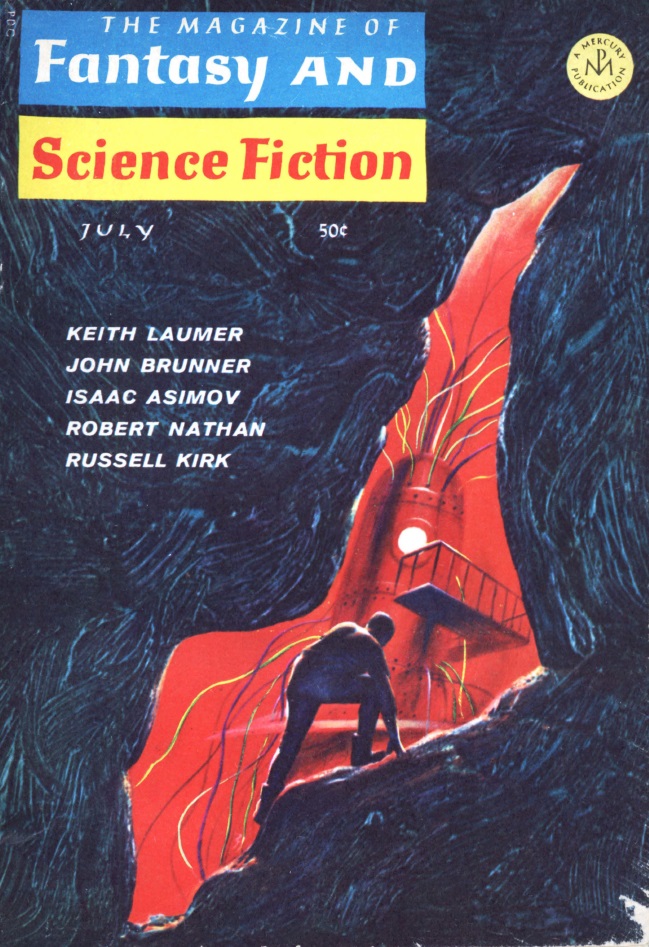
by Jack Gaughan
The Day Before Forever, by Keith Laumer
Steve Dravek, late a denizen of the 20th Century, finds himself on a street near the end of the 21st. Only shreds of memory remain, enough to give him a sense of identity, but no idea how he arrived in the future (young again, when he had been middle aged) nor why the black uniformed mooks of Eternity Incorporated (ETORP) are after him.
After being beset by "the lowest of the low" in a park, he is apprehended by "Jess", self-proclaimed "highest of the low", for purposes unknown. Dravek uses force and wit to turn the situation around, making Jess take him to the heart of ETORP's facility on Long Island in pursuit of the truth…and himself.
Forever uses the latest gimmick everyone seems to have latched onto lately: cryonics. That's the idea that one can be flash frozen before death in the hopes that any malady one is suffering from can be cured in the future. Fred Pohl, editor of Galaxy and IF has gone into it in a big way, but now it's showing up here, too.
Anyway, there are more twists and turns than a new Los Angeles freeway interchange, and a lot of it gets explained in the end rather than shown as the story goes, but it's a readable potboiler, the kind Laumer can crank out in his sleep.
Three stars.
Balgrummo's Hell, by Russell Kirk
60+ years ago, Laird Balgrummo was sealed in his decaying manor house after committing an unspeakable crime against humanity and nature. Now the world is waiting for him to shuffle off this mortal coil…save for Horgan, a greedy thief who would rob Balgrummo of his fortune of paintings while he sleeps.
Except Balgrummo sleeps not. He lurks.
There are no surprises in this story, which reads like something out of Weird Tales' early days. But the telling is delicious.
My favorite story of the issue: four stars.
Alter Ego, by Hugo Correa
If you could make an identical new you, one unhindered by all of your life's wrong choices, who would be the better person? You, or the android duplicate?
More a philosophical piece than science fiction, I found it stayed with me. Three stars.
Encounter in the Past, by Robert Nathan
On the other hand, Nathan's story of the rediscovery of a Mesozoic human civilization doesn't make a lot of sense. I reread the short piece a few times, and I still can't make heads or tails of it.
Two stars.
The Master's Thesis, by David Madden
Worse still is this pointless piece about a Professor Swinnard and the young man who insists on afflicting him with his master's thesis. The story goes 'round in circles as Swinnard is increasingly disarmed and discomfited by the student's rudeness and the haste with which he finishes his project…yet I am at a loss to understand whence stems the horror, nor what the final thesis is actually about.
Am I stupid? Is the point obvious to anyone else?
One star.
Flight Between Realities, by Doris Pitkin Buck
Buck's poem from the standpoint of an omniscient being sipping her sherry is a bit hard to parse, but seems to be of great moment.
Three stars.
The Sea Monster and the Mayor of New York City, by Gahan Wilson
On the perils to a monster's digestion due to the consumption of a fraught metropolis.
Frivolous. Two stars.
Twelve Point Three Six Nine, by Isaac Asimov
The Good Doctor explains the foolishness of associating significance to chance juxtapositions of numbers by creating his own, tying together the relation of the lunar and solar calendars to the Bible.
It's cute, and I found some of the historical bits interesting. Three stars.
The Vitanuls, by John Brunner
In the early 21st Century, the birthrate has slackened. But new births are not unknown, and as a kind of medical immortality is introduced, more and more babies are born healthy but vacant. Void of intellect or animus. Could there be a connection?
This story has a lot of problems. Not only is the piece structurally flawed, telegraphing its ending from the beginning but taking forever to get there, but it also doesn't seem to understand how souls work. Set in India, there is much reference to Hindu reincarnation and such. But the story suggests that there is a limited number of human souls, and by cheating death, we're robbing the young of life.
I'd always understood that, per Hinduism, animals and plants and…everything…had souls, all of which could serve in a human form. Even if that were not the case, I think Brunner's math is off. Yes, it's true that half of the people who've ever lived are alive today, but if the living outnumber the dead, it won't be because of immortality, but simple birthrate. And does the store of human souls grow over time, or was it fixed, like the memory store of a mainframe, at a specific number deemed sufficient a million years ago, but now inadequate?
Two stars for this poorly thought out shock tale.
Will you still need me? Will you still read me?
I understand summer is when magazines put out all their inferior stuff since readership is at its lowest ebbs during the dog days. Still, if this latest issue (which scores just 2.7 on the Starometer) be any indication of where the magazine is headed, quality-wise, I have distinct concerns that it may never make it to the ripe old age of 64…

by Gahan Wilson

![[June 20, 1967] Yours sincerely, wasting away (July 1967 <i>Fantasy and Science Fiction</i>)](https://galacticjourney.org/wp-content/uploads/2022/06/670620cover-649x372.jpg)

![[June 10, 1967] Music To Read By (July 1967 <i>Fantastic</i>)](https://galacticjourney.org/wp-content/uploads/2022/05/fantastic_196707-2-1.jpg)




















![[June 2, 1967] Uneasy Alliances (July 1967 <i>IF</i>)](https://galacticjourney.org/wp-content/uploads/2022/05/IF-Cover-1967-07-672x372.jpg)


 l.: Colonel Yakubu Gowon of Nigeria. r.: Colonel Odumegwu Ojukwu of Biafra.
l.: Colonel Yakubu Gowon of Nigeria. r.: Colonel Odumegwu Ojukwu of Biafra.  Joe Miller is the most fearsome warrior these vikings have ever seen. Art by Gaughan
Joe Miller is the most fearsome warrior these vikings have ever seen. Art by Gaughan![[May 31, 1967] Phoning it in (June 1967 <i>Analog</i>)](https://galacticjourney.org/wp-content/uploads/2022/05/670531cover-672x372.jpg)


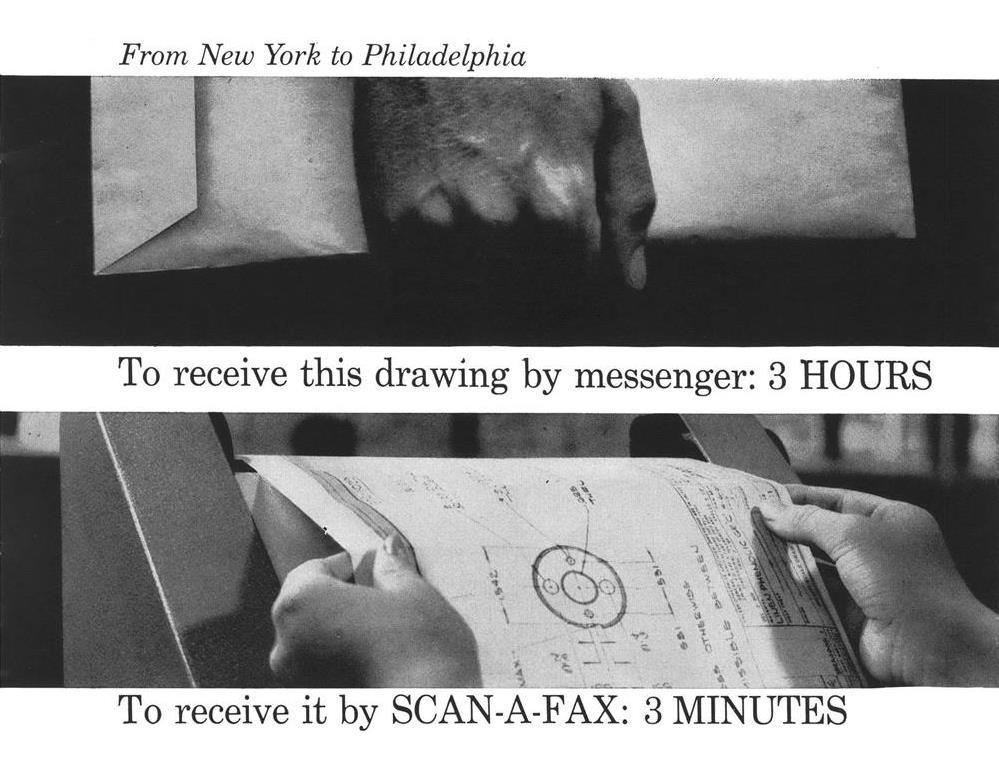








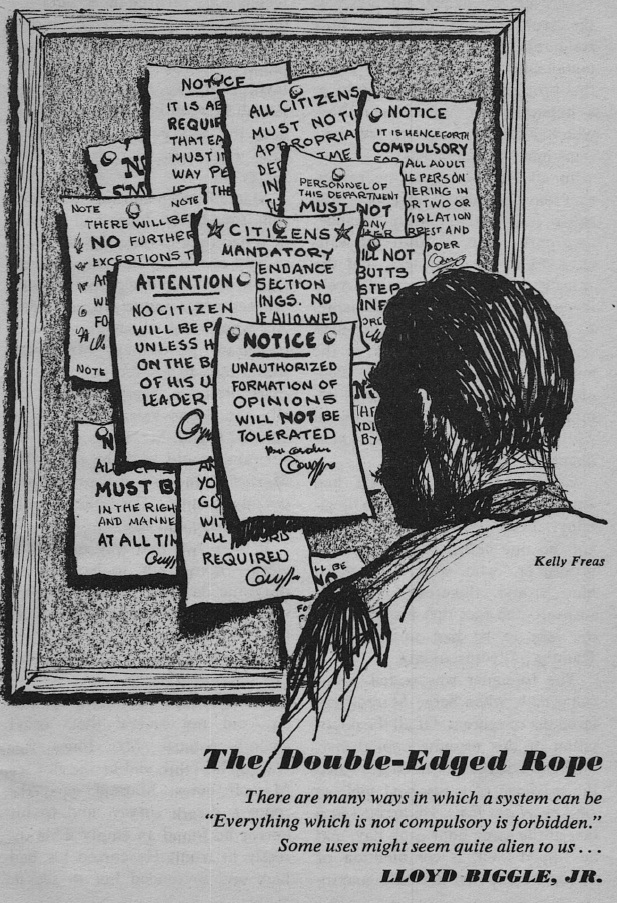

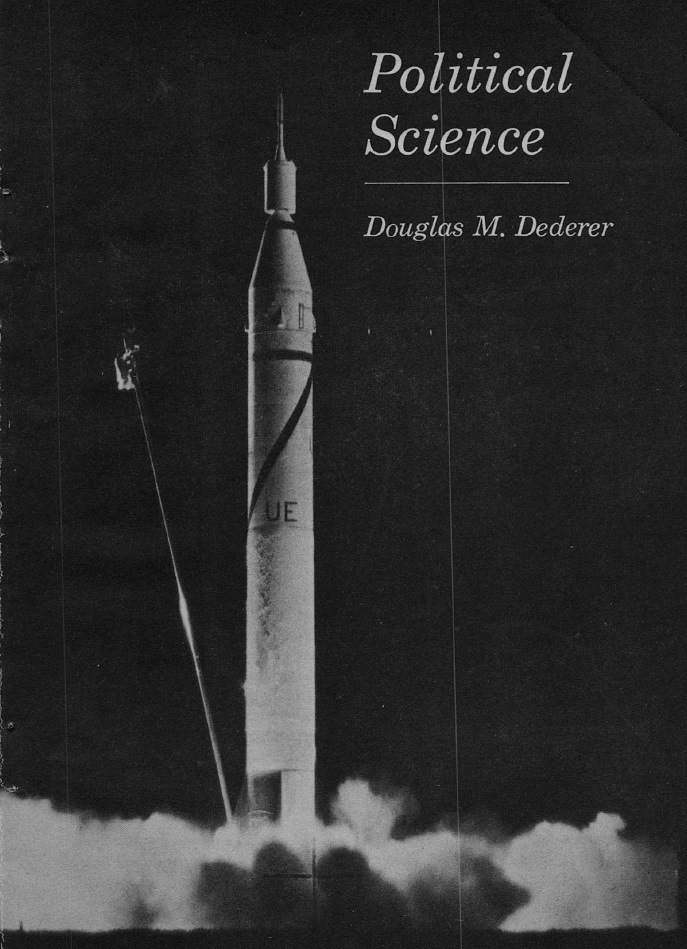
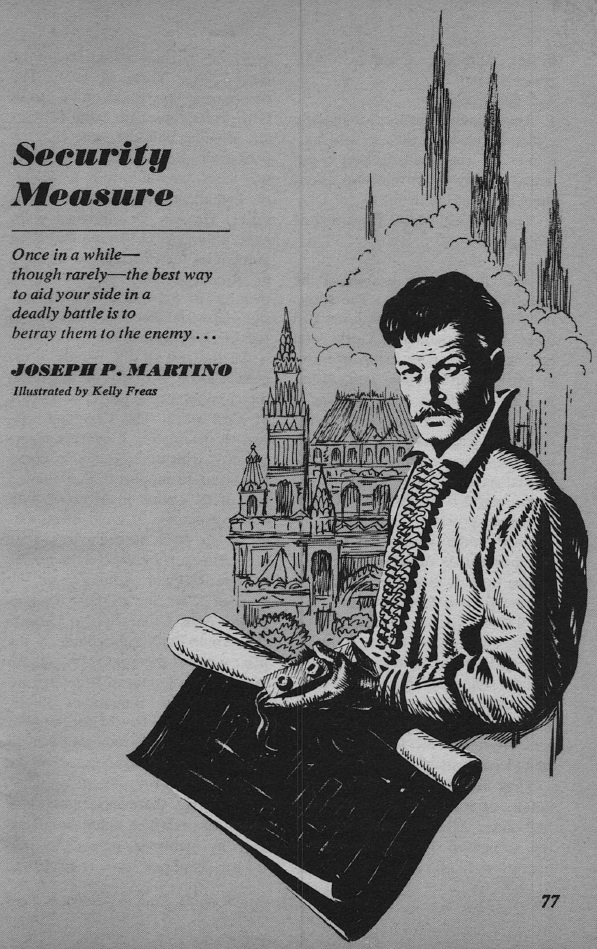

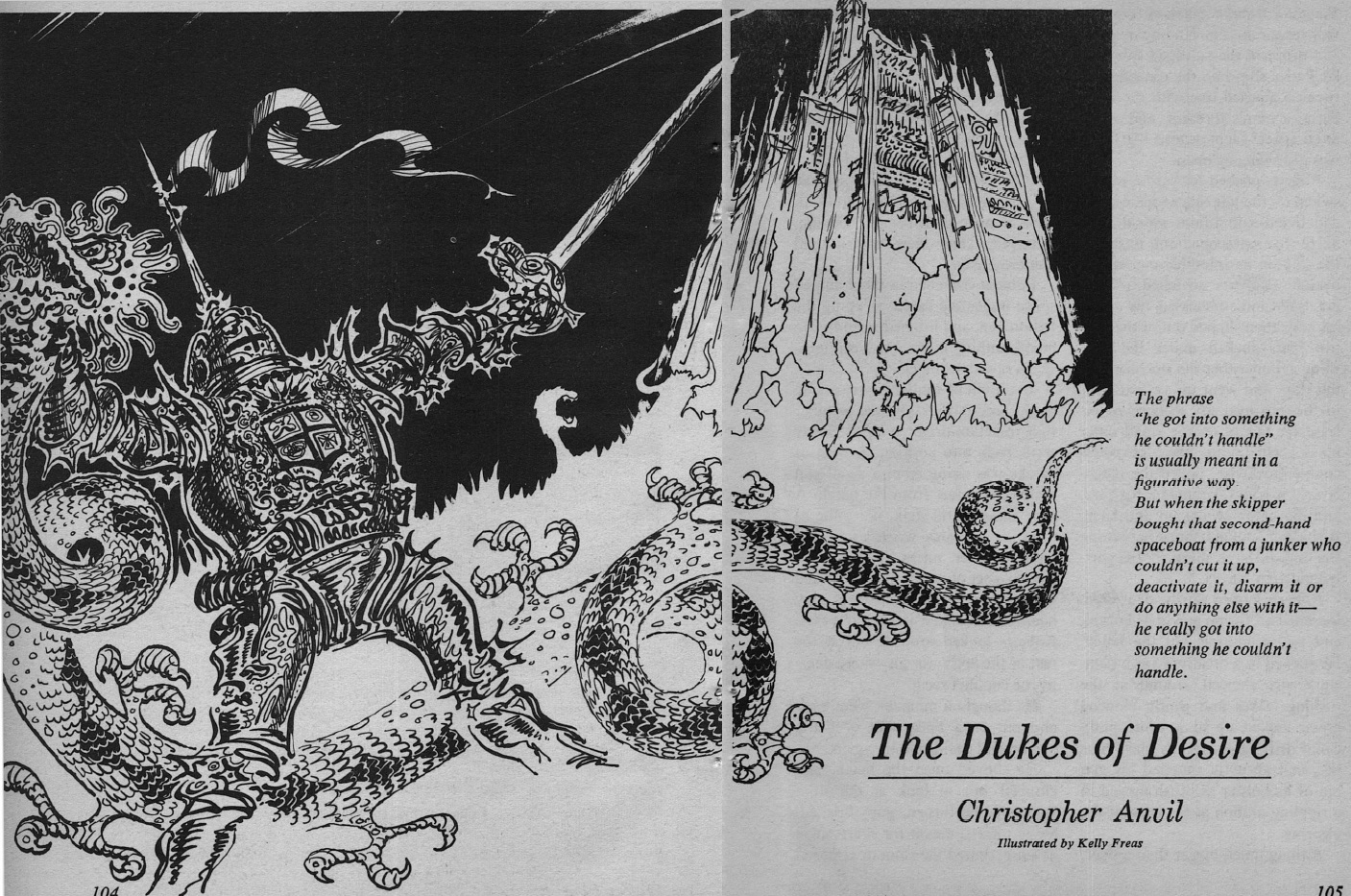

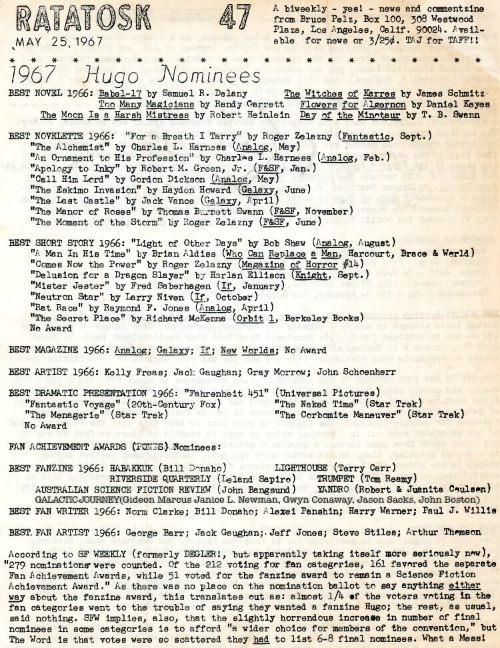

![[May 20, 1967] Field trips (June 1967 <i>Fantasy and Science Fiction</i>)](https://galacticjourney.org/wp-content/uploads/2022/05/670520cover-449x372.jpg)



![[May 12, 1967] There and Back Again (June 1967 <i>Galaxy</i>)](https://galacticjourney.org/wp-content/uploads/2022/05/670512cover-672x372.jpg)


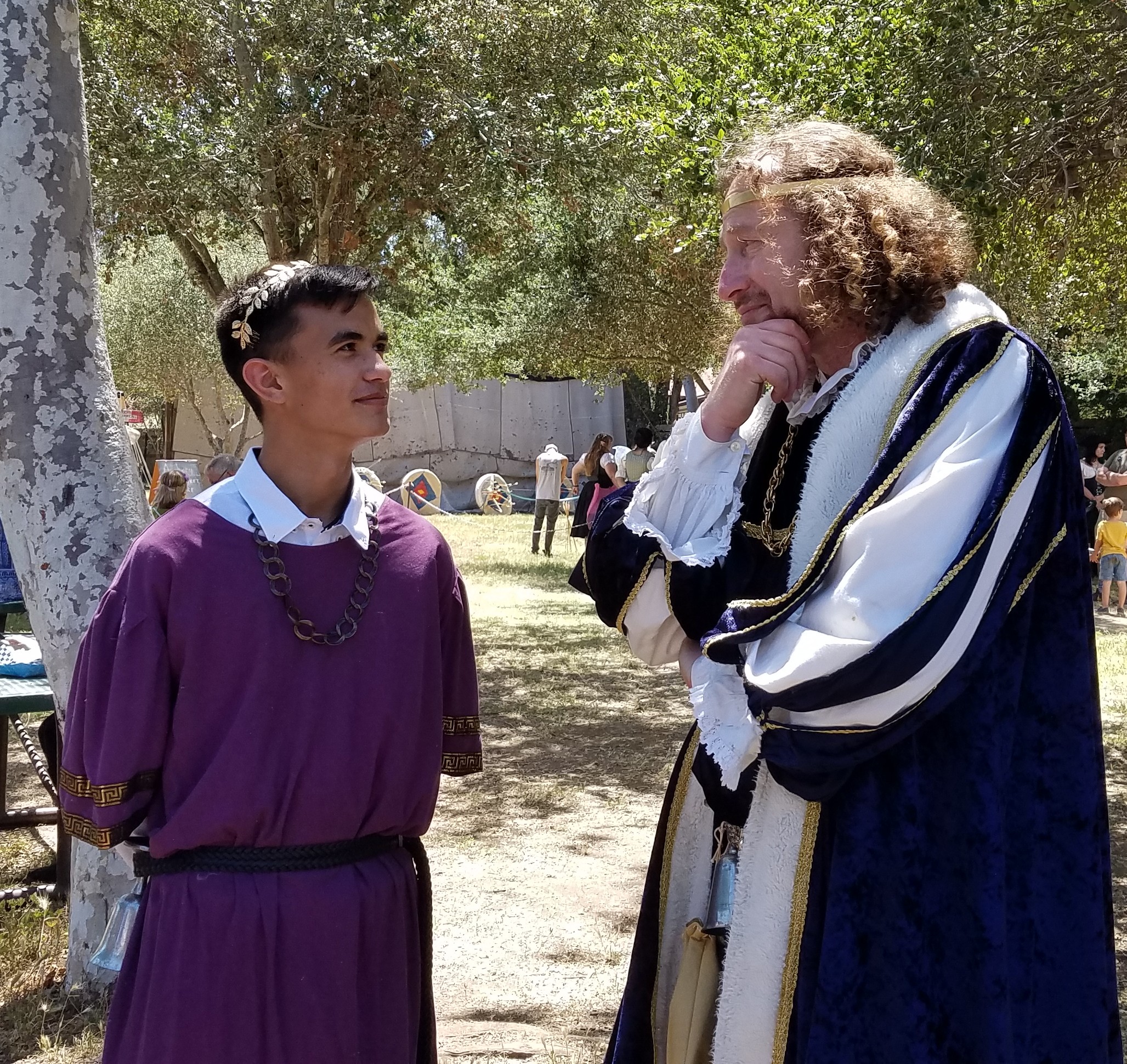




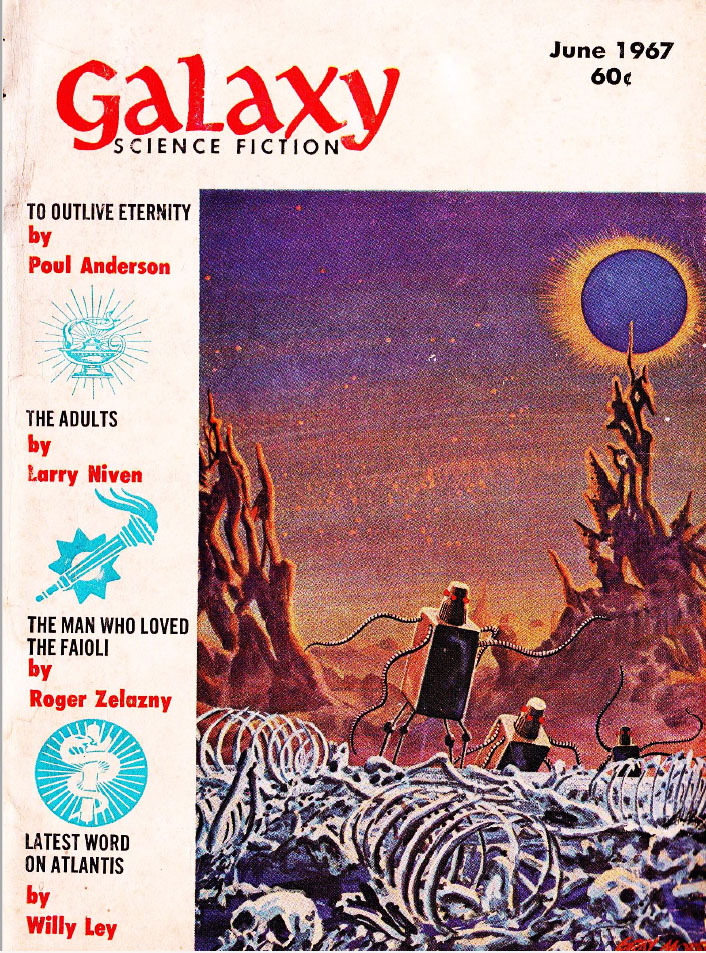

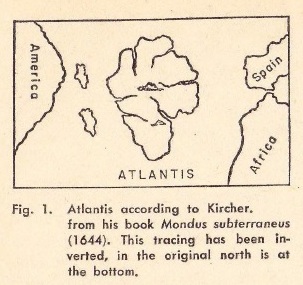


![[May 6, 1967] Stirred? Shaken? (June 1967 <i>Amazing</i>)](https://galacticjourney.org/wp-content/uploads/2022/05/amz-0667-cover-504x372.png)

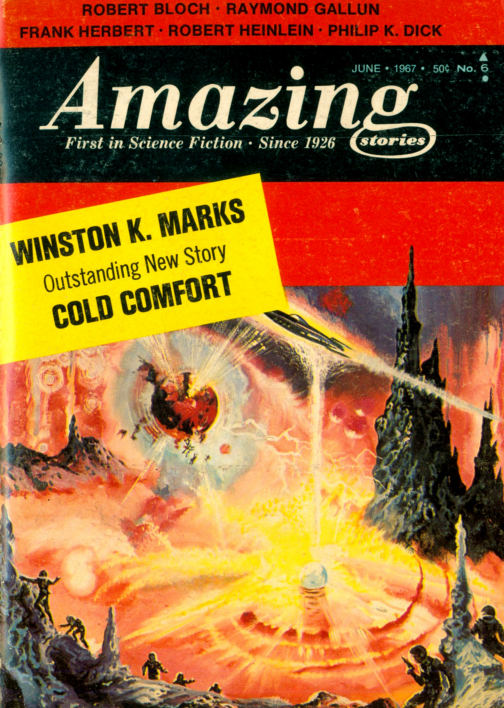

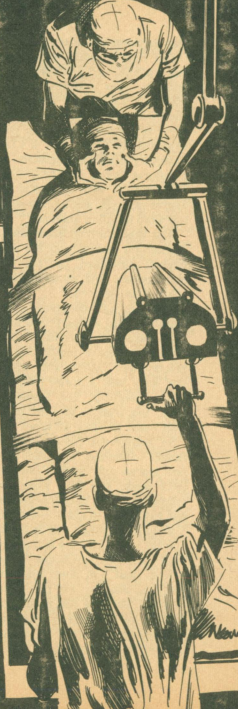
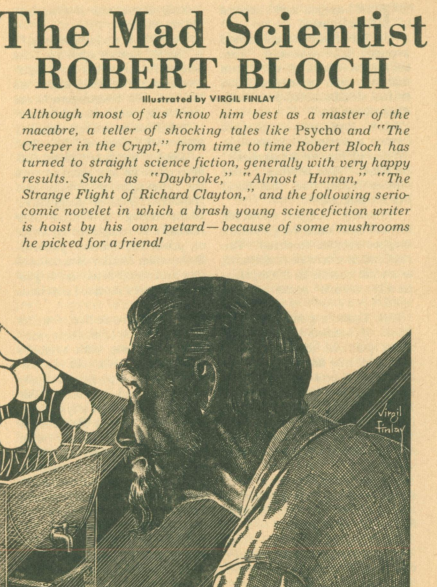
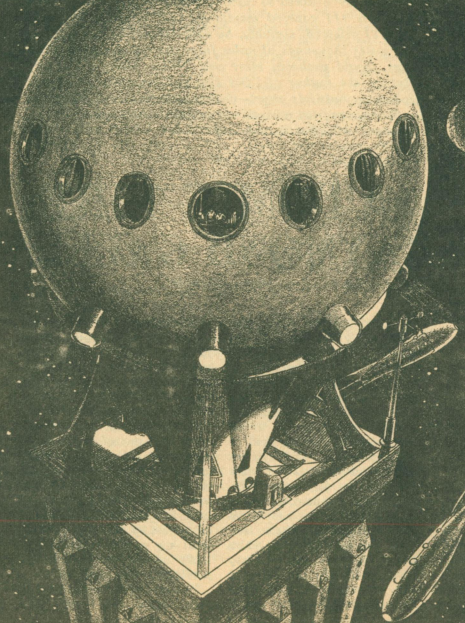
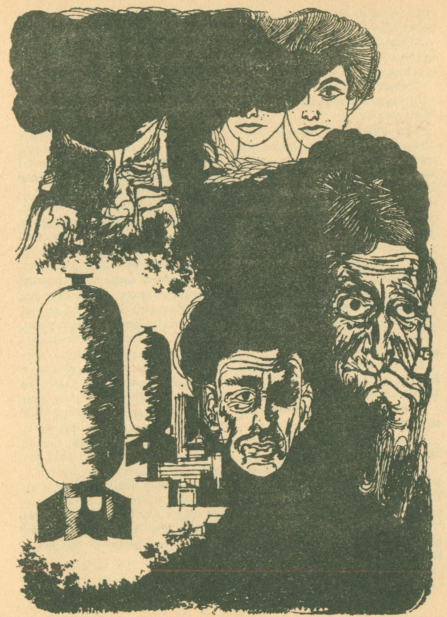
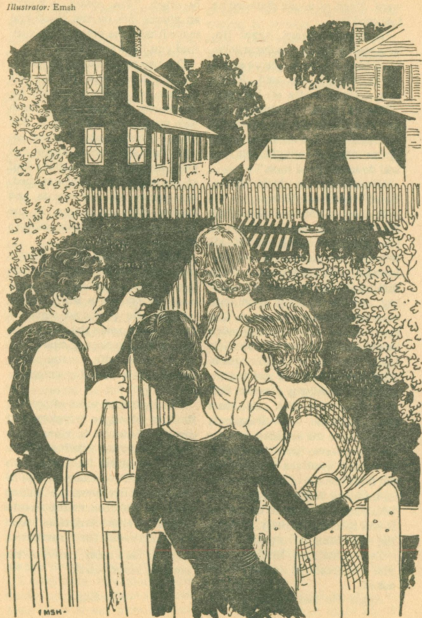
![[May 2, 1967] The Call of Duty (June 1967 <i>IF</i>)](https://galacticjourney.org/wp-content/uploads/2022/04/IF-Cover-1967-06-672x372.jpg)
 Muhammad Ali is escorted from the induction center in Houston, Texas.
Muhammad Ali is escorted from the induction center in Houston, Texas. 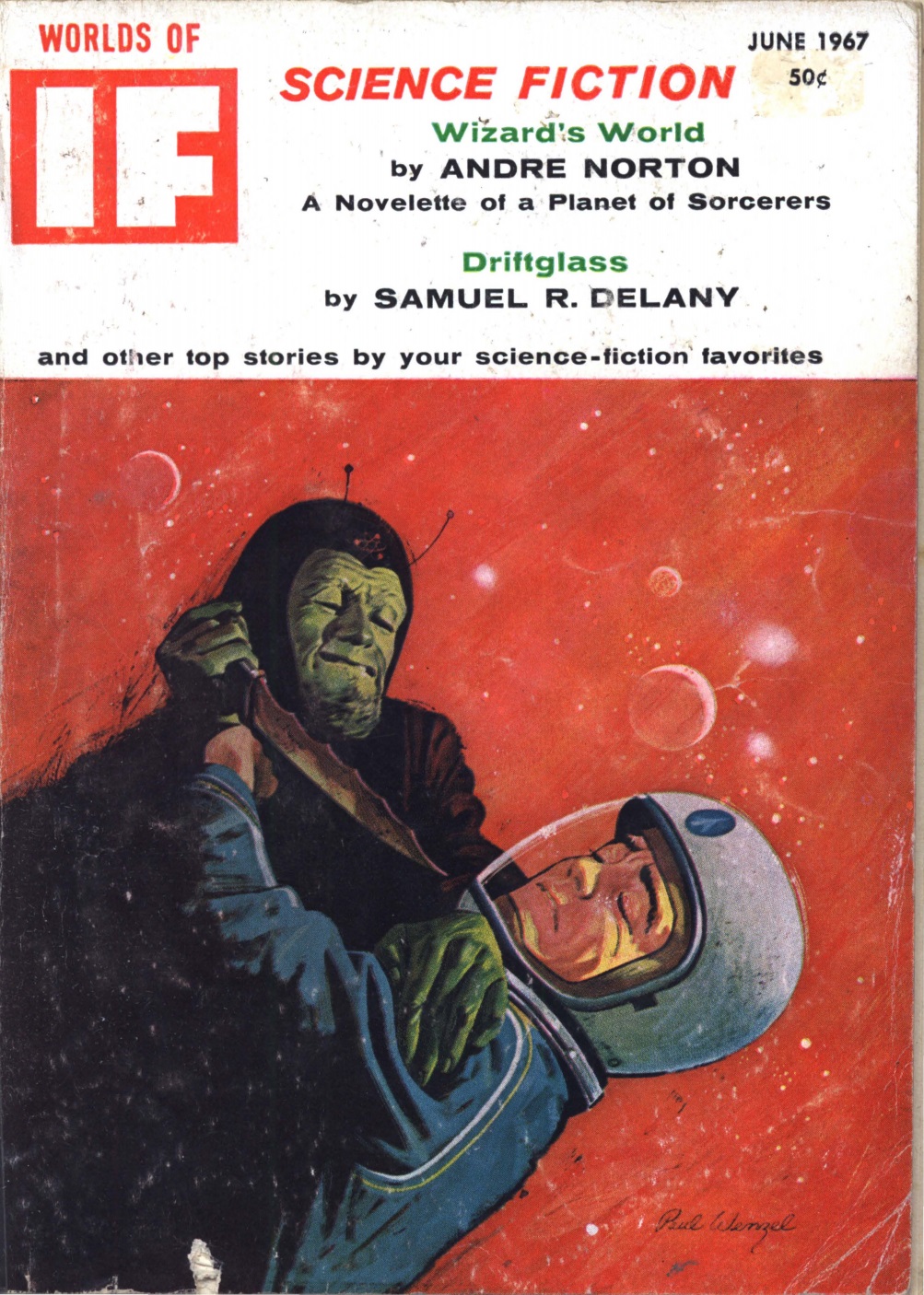 Uncle Martin and Tim (from My Favorite Martian) seem to have had a falling out. Actually, this is supposedly from Spaceman!
Uncle Martin and Tim (from My Favorite Martian) seem to have had a falling out. Actually, this is supposedly from Spaceman!![[April 30, 1967] Strange New Worlds and Staid Old Ones (May 1967 <i>Analog</i>)](https://galacticjourney.org/wp-content/uploads/2022/04/670430cover-672x372.jpg)
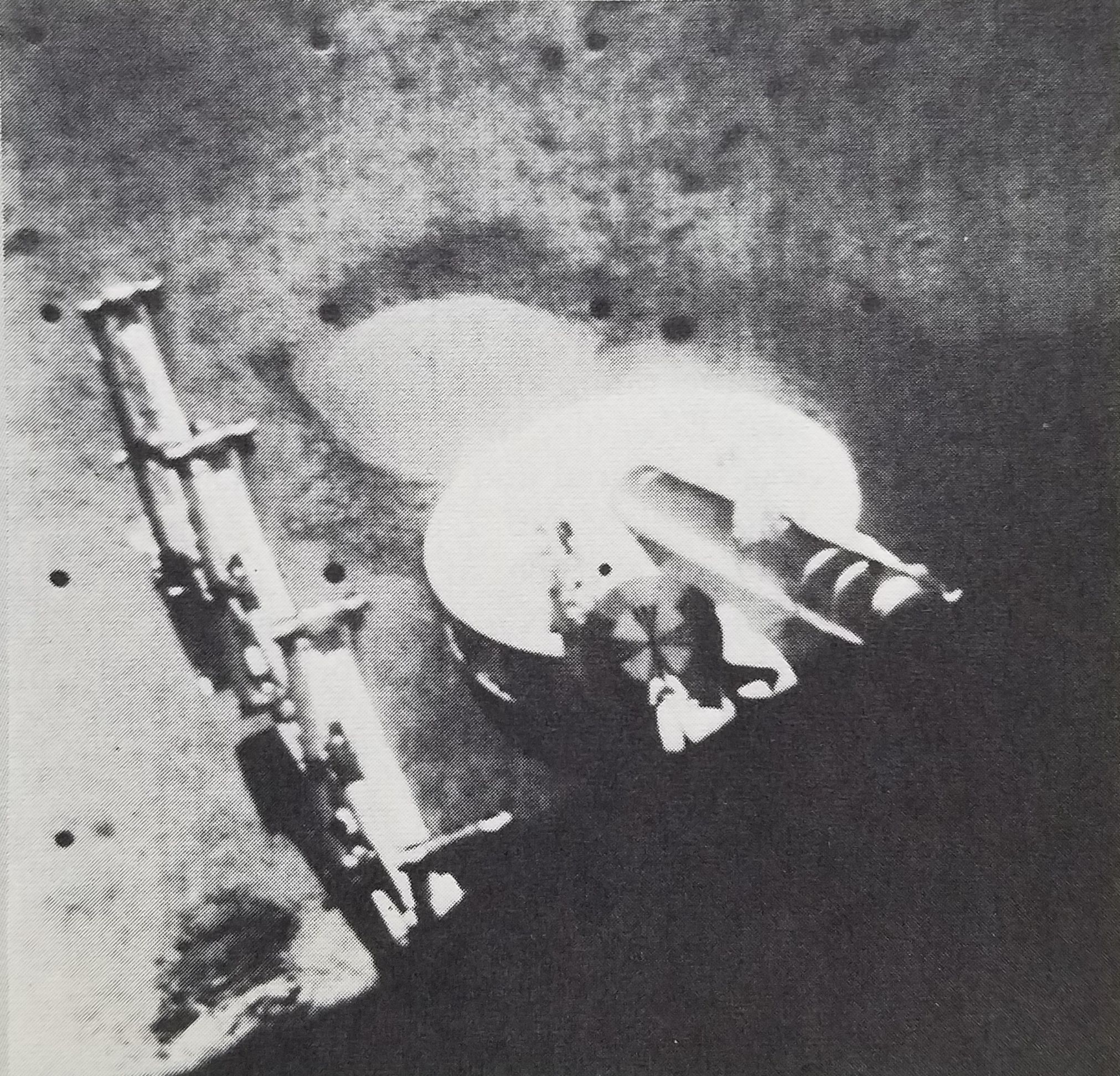

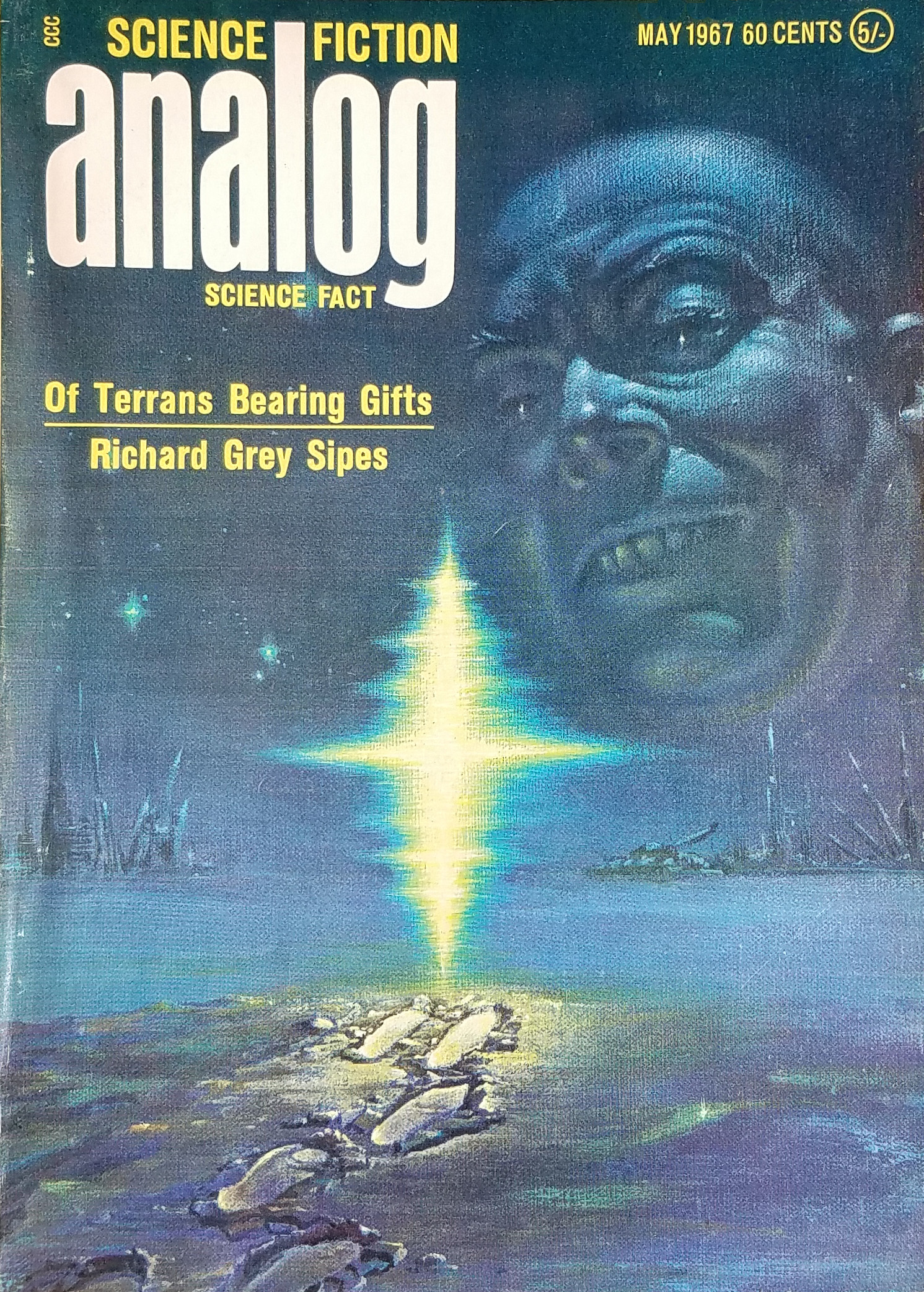

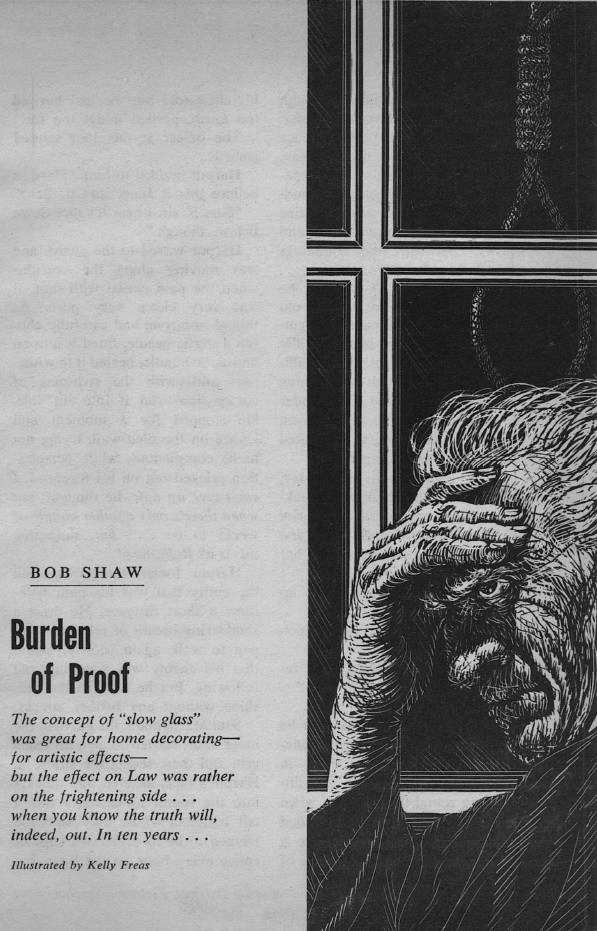




![[April 18, 1967] Bright Lights (May 1967 <i>Fantasy and Science Fiction</i>](https://galacticjourney.org/wp-content/uploads/2022/04/670418cover-672x372.jpg)


